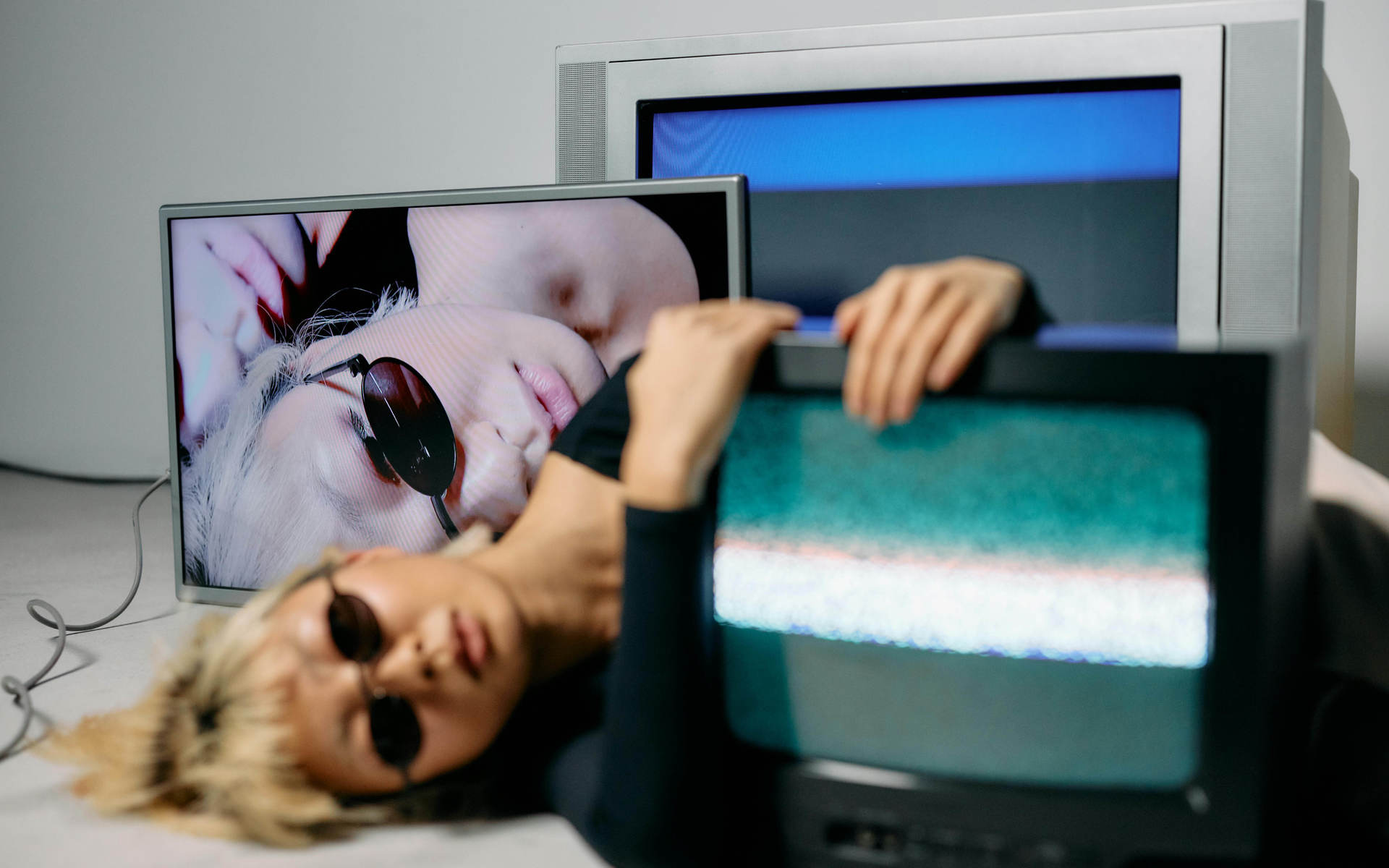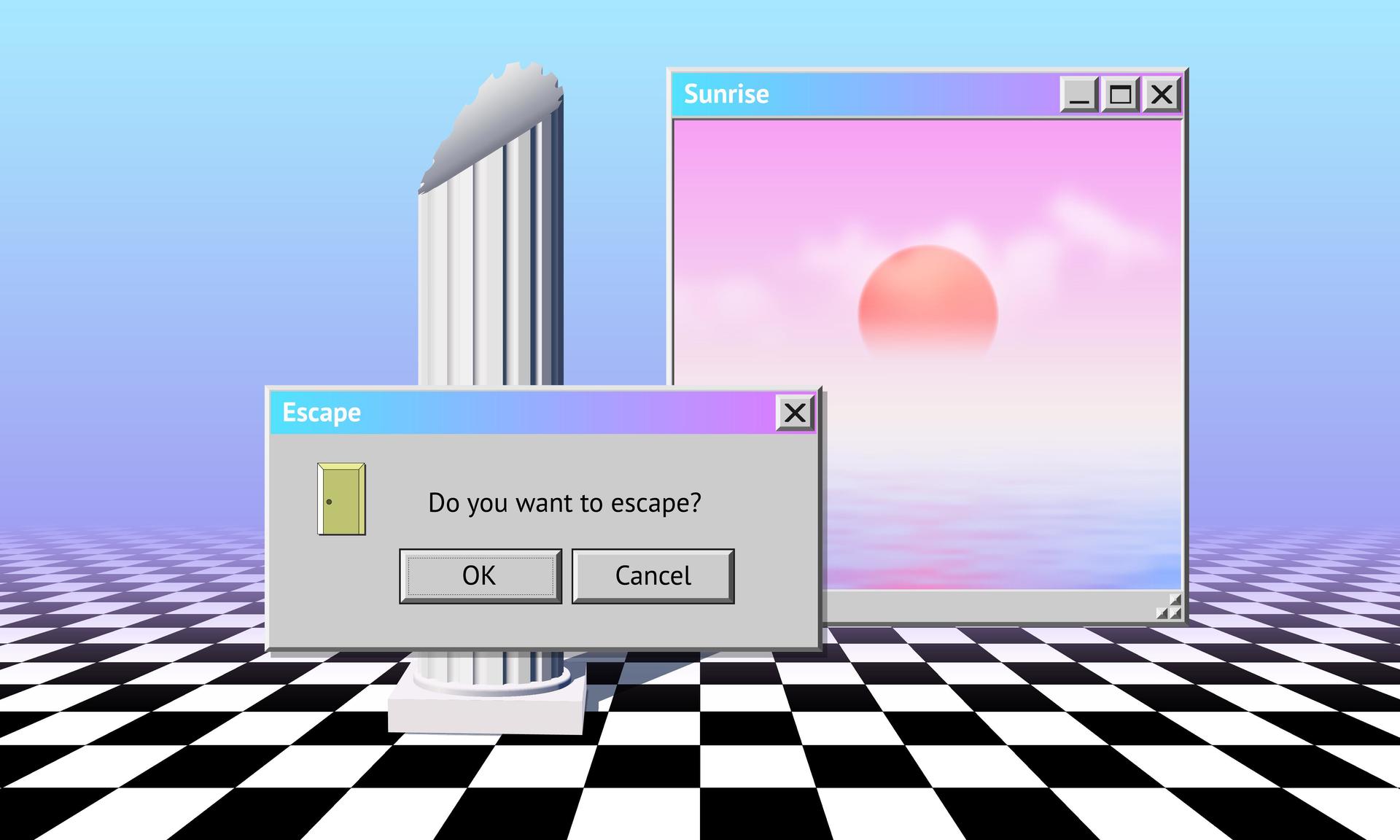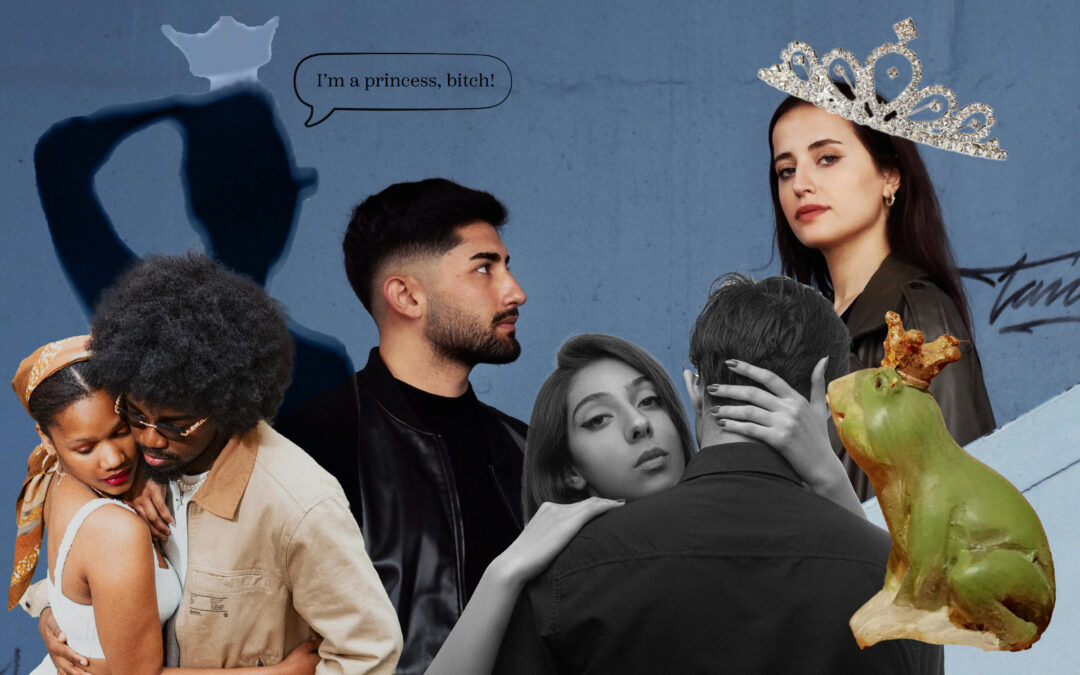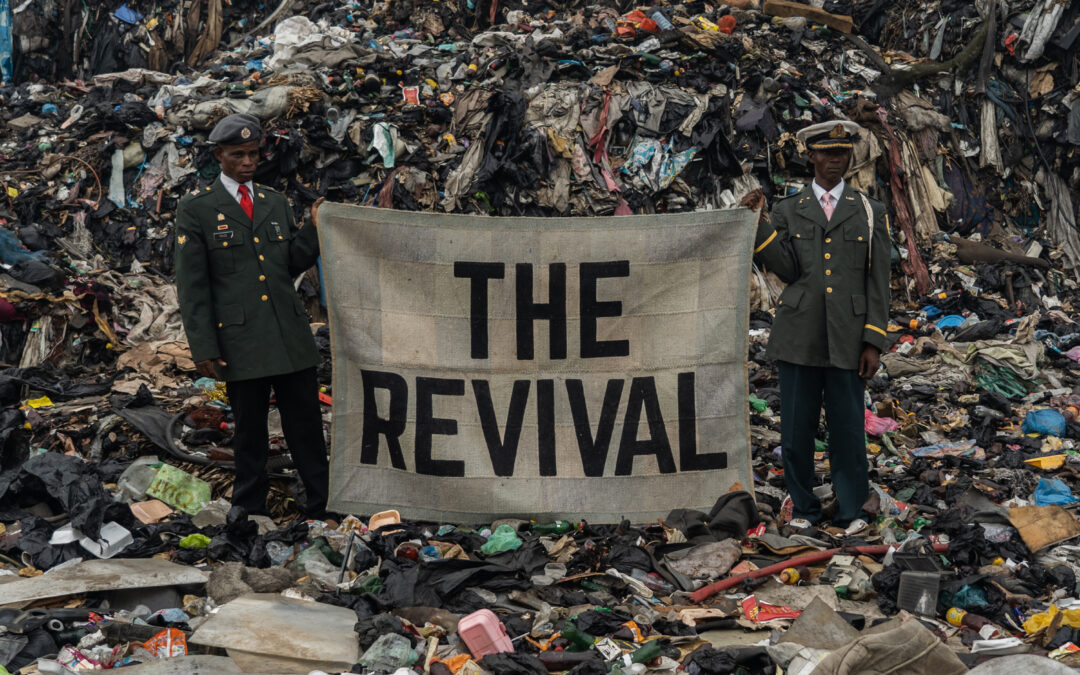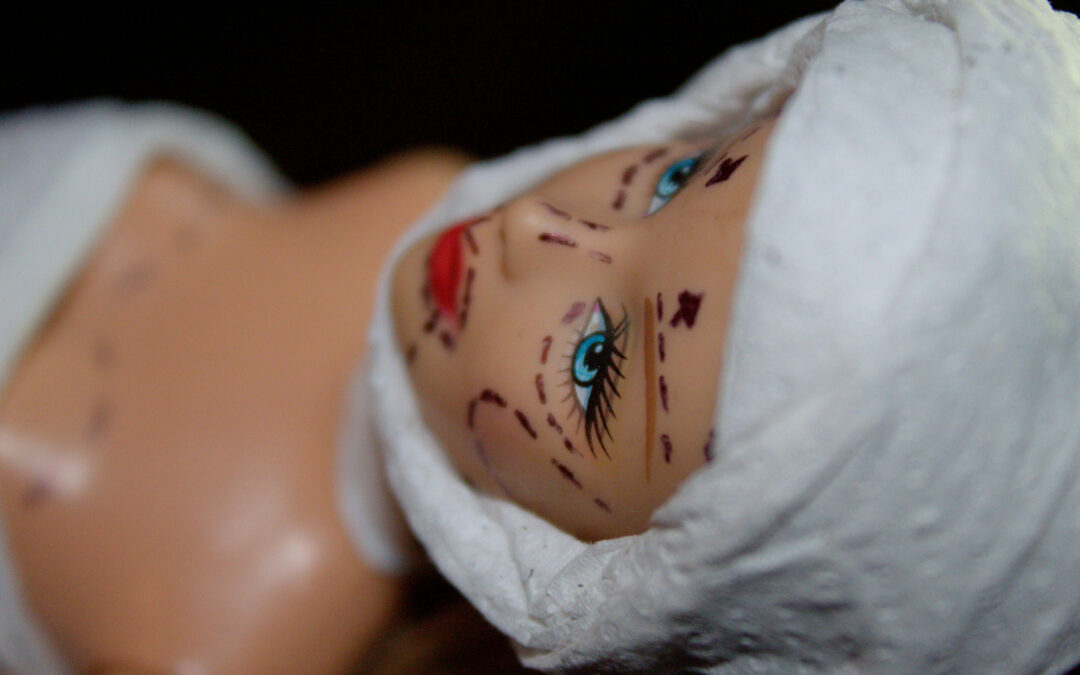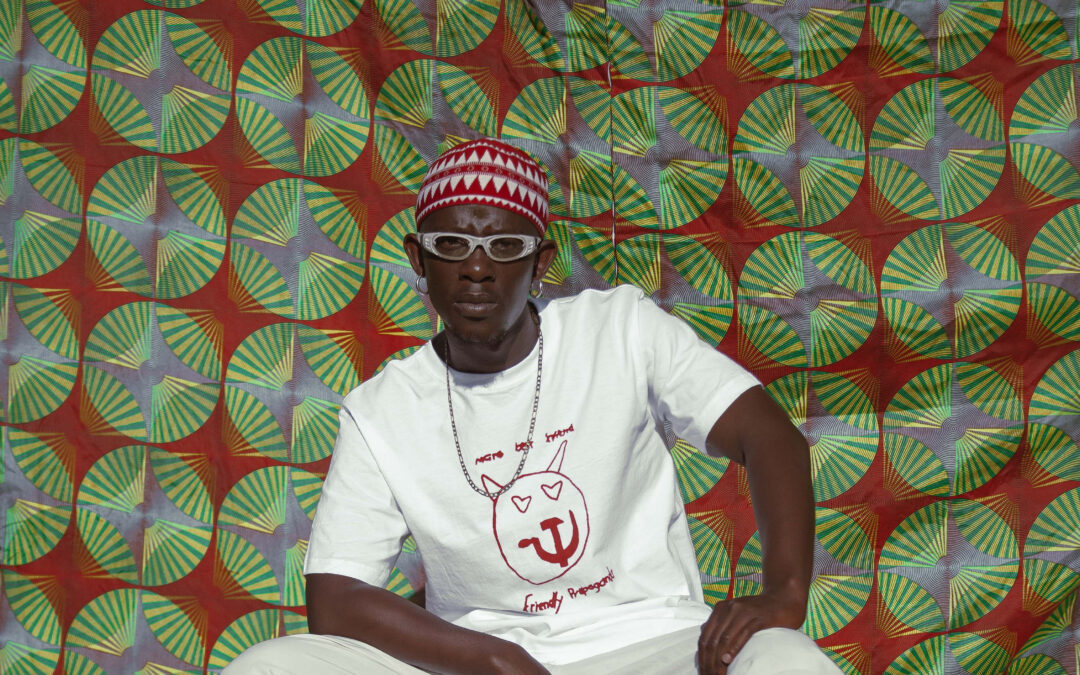The original seed for this article might not have erupted when I stumbled across an advertisement for pair of ‘RAW WORS SHORTS’ from Temu (literally, an AI generated print of raw boerewors on a pair of boardshorts, obviously syphoned from key words alluding to the ideal interests of the ‘South African man’) though, the sight of said Temu South Africa’s ‘RAW WORS SHORTS’ was certainly the nail in the coffin. The consequences of doom scrolling so much so that one ends up on Facebook affirmed for me in real time this eerie and bizarre theory that I had come across called ‘the dead internet theory’ — its as creepy as it sounds and yes, there are huge portions of the internet that are supposedly dying – and obviously, AI is very much involved.
To understand the Dead Internet Theory, we have to understand the origins of the internet itself. It’s a long and arduous story, so I’ll just give you the cliffnotes. The notion of interconnectedness is about as innate to us as the air we breathe – and with every technological stride we have made, so our desire for communication has been front and centre. The internet was built on an idea, so pure in its intention that even the founder of the World Wide Web opted not to patent the idea or receive royalties for it.
American psychologist and computer scientist, J.C.R. Licklider had envisioned a global network of computers that could share information in the early 1960s, and his vision laid the groundwork for the development of the internet. Eventually, in 1989, The World Wide Web was created by Tim Berners-Lee, a British computer scientist, realising a culmination of a decades-long search by researchers to connect computers across time and space, to one another. Once it was disseminated among the populous, we have never looked back – and like a metamorphosing entity birthed simultaneously between each user of the internet that has ever existed, it was ethnobotanist and philosopher (and one of my favourite thinkers) Terence McKenna who so poignantly surmised that, “the internet is the nervous system of the 21st century.”
‘RAW WORS SHORTS’, a screenshot by Holly Beaton
Like moths to a flame – or worshippers to an altar – the internet reconfigured our way of existence as a species, stewarding us from the earliest (and kind of anarchist) interactions online on prehistoric messageboards and email systems, to the entirely inconceivable level of access that we now possess across social media, websites, publications and online forums. As of April 2024, the global count of internet users reached 5.44 billion individuals, representing approximately 67.1% of the world’s population, according to Statista. So, with so much living, breathing, human user engagement online – how could the internet be dying?
Like most creepy modern-day fables, the Dead Internet Theory is said to have originated on a 4Chan message-board, around a decade ago. It is based on the idea (and some evidence) that much of the human generated creativity and content that built the early web in the 1990s and 2000s, has been cast aside and in its place, artificial intelligence (specifically, bots) are actively mining algorithms, and creating content – and in some sophisticated, mostly and unsophisticated ways – these bots are attempting to convey our own interests and likeness, back to us.
TikTok creator @sidemoneytom has been documenting this strange occurrence through a series, in which he trawls Facebook – and his findings detail image after image, of the most demented AI configurations, made from a bizarre sequence of human interests. Taking categories like Jesus Christ, animals and airline travel, for example, to create an uncanny imagery: which then receive thousands of likes and comments, by a mixture of bots and unsuspecting boomers. Take for example, ‘Shrimp Jesus’. Yeah, it’s super creepy.
Facebook’s relationship with deploying bots has been a controversial one for some years, and it appears that the social media platform is a stronghold for a dying internet – or as one of Tom’s commentators wrote, “Facebook has become an online landfill’’. Though, Facebook’s terms of services explicitly do not allow this, it is reported that billions of accounts on Facebook are fake, with Facebook disabling as many as 1.2 billion accounts in 2019, as reported by Phys.Org – with the writer, Rob Lever commenting that the harm of such accounts are due to their distortion and untraceability, “Fake accounts may be used to amplify the popularity or dislike of a person or movement, thus distorting users’ views of true public sentiment.
Bots played a disproportionate role in spreading misinformation on social media ahead of the 2016 US election, according to researchers. Malicious actors have been using these kinds of fake accounts to sow distrust and social division in many parts of the world, in some cases fomenting violence against groups or individuals.”
‘Burger Jesus’, Screenshot by Holly Beaton
The unsettling visual aside, what remains more concerning is that these accounts appear to have no human involvement at all, anymore. Sure, their intent may have been initiated by a program for someone to ‘engagement-farm’, but the rise of an uncontrollable ‘bot’ intelligence sweeping across the internet signals a kind of defying end of the internet that we once knew. This is the death at hand. The internet is now a non-returning threshold point for our co-existence with artificial intelligence – the future, is here.
In her brilliant piece for Dazed Digital, ‘We have entered the age of TikTok Face’, Günseli Yalcinkaya discusses the wholesale transmutation of our beauty ideals and sense of selves at the altar of a digital consciousness; that despite the seeming optical illusion of abundant choice and diversity, the internet appears to be flattening our perception of selves, siloing – particularly womanhood and girlhood – into a robotic, memetic expression of ‘beauty’. As Günseli writes, “TikTok Face’s appearance is uncanny and easily digested into algorithmic filter bubbles ready for digital consumption. The same angelic baddie listening to subliminals (girl-coded manifestation videos) before bedtime is reconfiguring her make-up routine to best match her visual weight. She uses viral AI-powered face filters to enhance her appearance, neatly packaging her facial features like a text-to-image prompt, breaking her beauty down into stats to be fed back to the machine. It mirrors the way AI is creating hyper-personalised ads for individual users. The singular it-girl splits into a girlswarm of it-girls each tailored to appeal to your hyper-personal consumer desires.” Even in our attempt to share and create online, how much of the AI hive mind do we begin to mimic and replicate, with trends, micro-trends, beauty filters and targeted ads all gunning for us to assimilate towards the internet’s commands?
The ‘Dead Internet Theory’, at first a fringe idea, can now be seen as a the phenomena in which we are sharing the web with something other than just human beings. Whether it’s TikTok’s AI generated ads or filters, or the relentless imagery bots on Facebook – it appears that the processing power of the internet is no longer simply a human endeavour. While AI models have never been technically ‘alive’ – so they can’t be dead – it’s an interesting lens through which to understand the increasingly complex relationship between ourselves and artificial intelligence.
The ideals and hopes for the internet in the 1990s were rooted in optimism about its potential to bring about positive cultural and social change. From democratising information, to connecting through collaboration; these parts are still alive and kicking, though set against other darker, and more nefarious parts of the internet. The internet was always going to be a kind of consciousness on its own: it is, after all, functionally designed as a reflection of the human brain. Both the internet and the human brain are complex networks that process and transmit information, with tasks performed by interconnected components, where connections facilitate communication and information is exchanged. Similar to how we still know very little about how our brains work, or even whether ‘consciousness’ emerges from our brain at all, so the internet is an enigma unto its own. The internet shows us that the price for intelligence is always a loss of control and a surrender to the complexities of interconnected systems.
All this to say, digital literacy is more important than ever. To hold a savvy, online ‘street smartness’ will prove invaluable as we navigate the tides of growing digital dependence. We will continually outsource many aspects of what it means to function as a human being in the 21st century, and we’ll need to utilise our critical thinking skills and our perceptiveness for uncanny-valley-ness. Remember kids, the next time you come across something online that doesn’t seem human, or feel human – it’s probably because it isn’t.
Written by: Holly Beaton
For more news, visit the Connect Everything Collective homepage www.ceconline.co.za

